Discover 11 hidden attractions, cool sights, and unusual things to do in Takayama (Japan). Don't miss out on these must-see attractions: Hida Kokubun-ji, Takayama Jinya, and Hida Minzoku Mura Folk Village. Also, be sure to include Shiroyama Park in your itinerary.
Below, you can find the list of the most amazing places you should visit in Takayama (Gifu).
Table of Contents
Hida Kokubun-ji
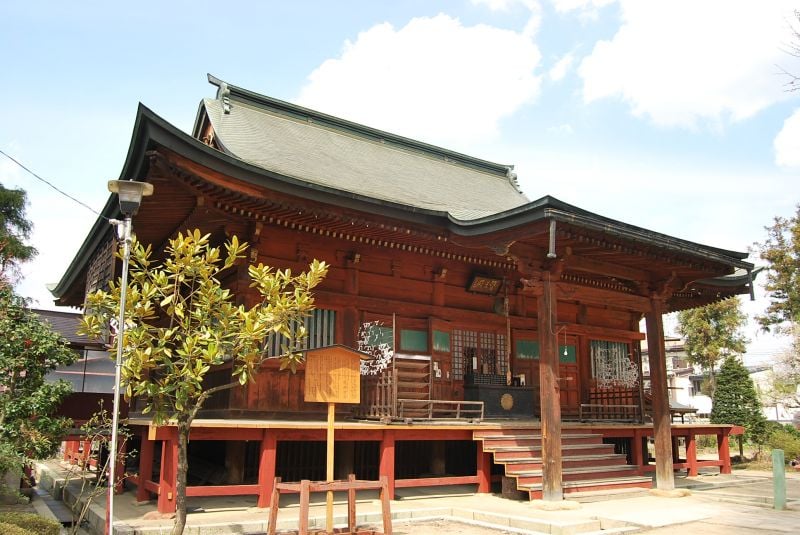
Hida Kokubun-ji is a Shingon-sect Buddhist temple in the Sowamachi neighborhood of the city of Takayama, Gifu, Japan. It is one of the few surviving provincial temples established by Emperor Shōmu during the Nara period. Due to this connection, the foundation stones of the Nara period pagoda located on temple grounds were designated as a National Historic Site in 1929.[1]
Address: 1-83 Sowamachi, 506-0007 Takayama
Takayama Jinya
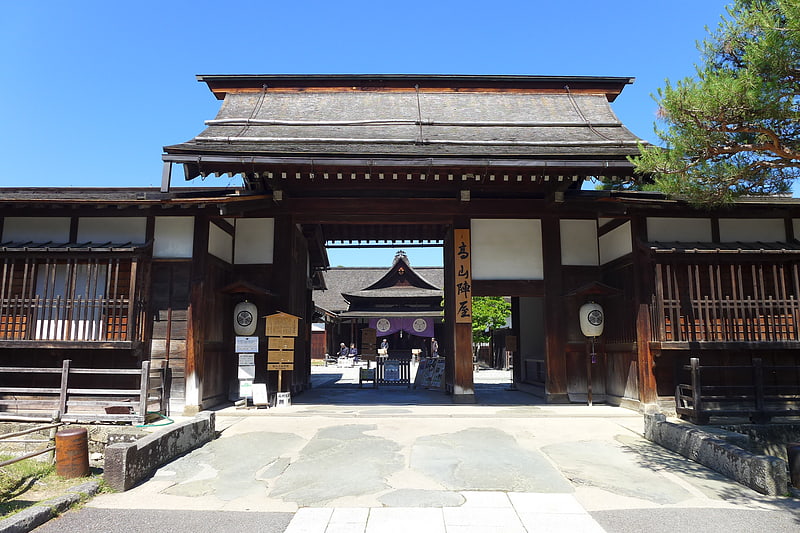
Also known as: 高山陣屋
Historical landmark in Takayama, Japan. The Takayama Jin'ya is a surviving Edo period jin'ya which served as the government headquarters for Hida Province under the Tokugawa shogunate of Japan from 1692 to 1871. It is located in what is now Hachiken-machi of the city of Takayama in Gifu Prefecture. It has been protected as a National Historic Site since 1929.[2]
Address: 1-5 Hachikemmachi, 506-0012 Takayama
Hida Minzoku Mura Folk Village
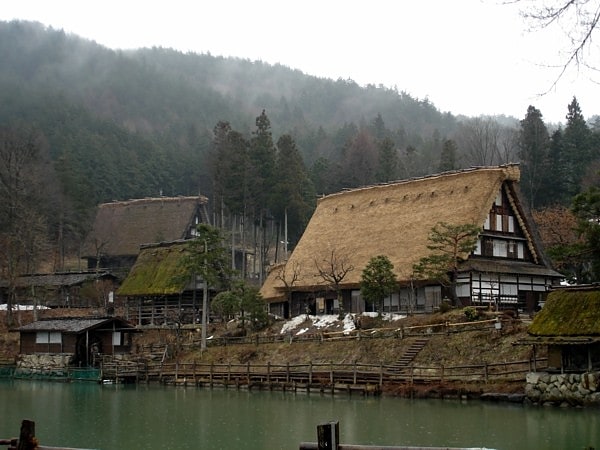
Also known as: 飛騨民俗村
Museum in Takayama, Japan. Hida Folk Village, Hida no Sato is an open-air museum of close to 30 old farmhouses illustrating the traditional architectural styles of the mountainous regions of Japan. Of particular interest are the thatched and shingled roofs, such as the gasshō-zukuri-styled buildings. Many of the buildings were brought from their original sites to preserve them. The village is picturesque, as it is built on a hillside overlooking the Takayama Valley and surrounds a large pond. It is in the city of Takayama, Gifu Prefecture, Japan, about 2.5 km southwest of the train station.
The structures range from 100 to 500 years in age. Many are open to perusal and are filled with artifacts from their respective periods, including spindles, silk worm raising artifacts, cooking utensils, and clothing. There is a workshop illustrating how many of Japan's famous handicrafts are made, including wood carving, tie-dying, weaving, and lacquer work. Sometimes it is referred to as "the village hidden in the leaf".
Four of the buildings are listed as National Important Cultural Properties (ICPs) and seven more are listed as Gifa Prefectural ICPs and one as a Takayama City ICP. There is also one western-style building from the Meiji period, which is a Registered Tangible Cultural Properties[3]
Address: 1-590 Kamiokamotomachi, 506-0055 Takayama
Shiroyama Park
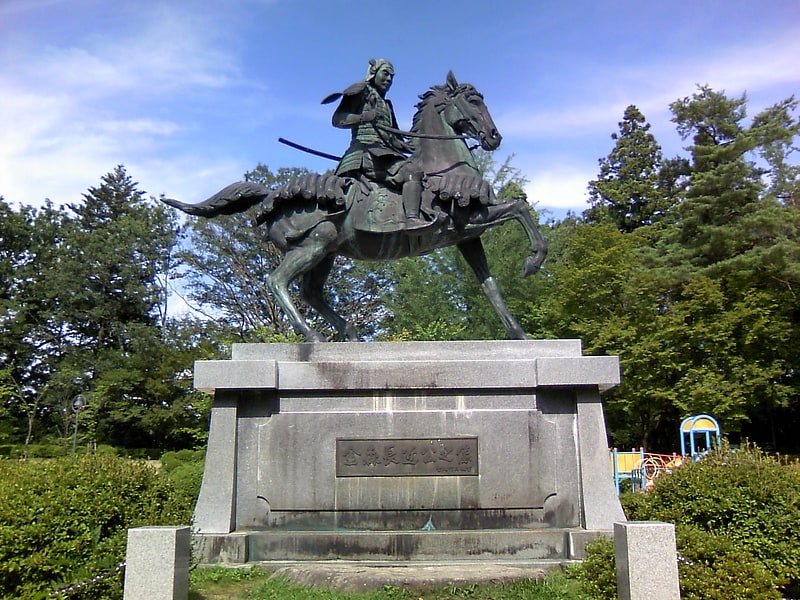
Also known as: 城山公園
Park in Takayama, Japan. Shiroyama Park is a public park located in Takayama, Gifu Prefecture, Japan. In 1873, the park was established in the mountainous area around the ruins of Takayama Castle. The park's name means "castle mountain."[4]
Minashi Shrine
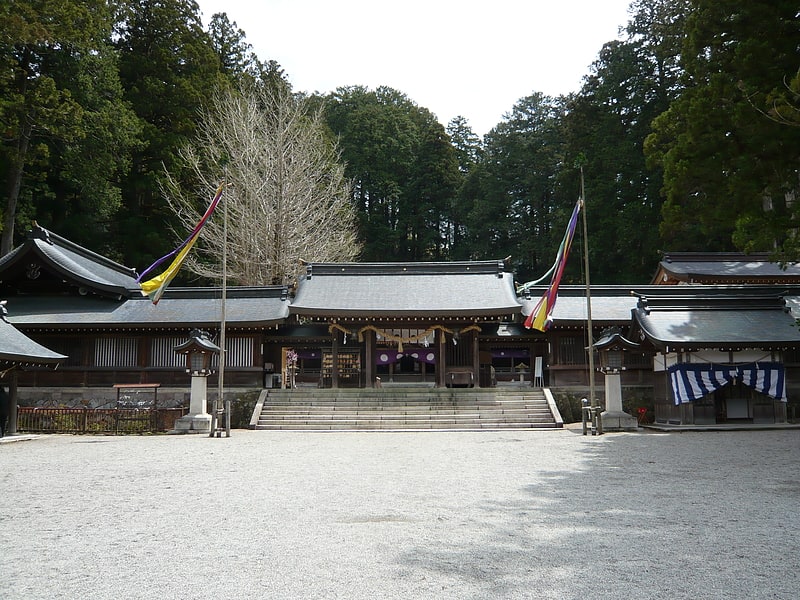
Also known as: 飛騨一宮水無神社
Shinto shrine in Takayama, Japan. Hidaichi-no-miya Minashi Shrine, commonly: Minashi Shrine is a Shinto shrine located in the Ichinomiya neighborhood of the city of Takayama, Gifu Prefecture, Japan. It is the ichinomiya of the former Hida Province. The main festival of the shrine is held annually on May 2.[5]
Hikaru Memorial Hall

Also known as: 光ミュージアム
Museum in Takayama, Japan. Hikaru Museum is a museum in Takayama, Gifu Prefecture, Japan, comprising exhibition rooms for fine arts, archaeological research, and history, including exhibitions of artifacts excavated from civilizations across the world and displays of the history of the old Hida Province of Japan.
The museum aims to protect and promote local culture as well as foster international exchange and understanding of ancient civilizations.
The memorial hall in the museum was established to pay homage to Kotama Okada, founder of the Mahikari organization, and also houses exhibits paying homage to his life and missions. The museum was opened in 1999 based on the tenet proclaimed by the founder, "The origin of the earth is one, the origin of the universe is one, the origin of humankind is one, and the origin of all religions is one."[6]
Hida Gokoku Shrine
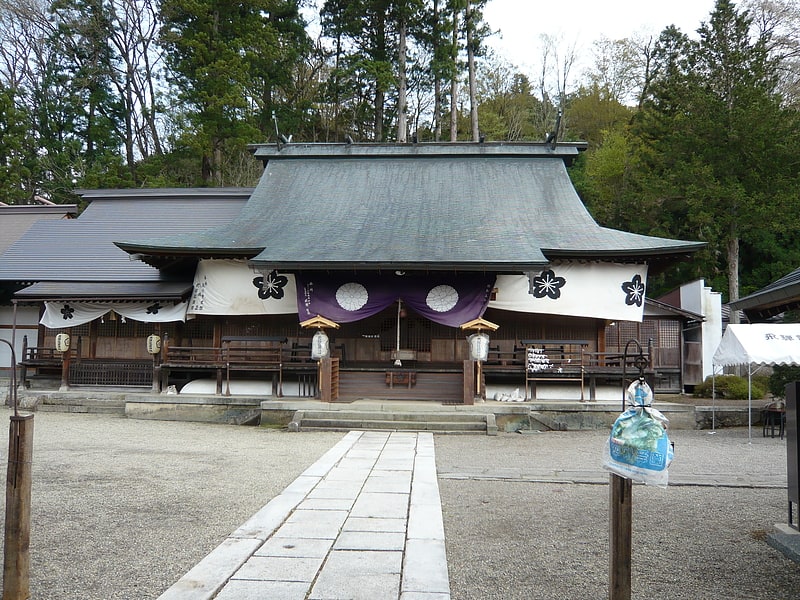
Also known as: 飛騨護國神社
Shinto shrine in Takayama, Japan. Hida Gokoku Shrine is a Shinto shrine located in Takayama, Gifu Prefecture, Japan. The shrine is designated to the people from the area who died during wars. The time period represented by the dead ranges from the Satsuma Rebellion in 1877 to World War II. Because it represented only a small portion of the prefecture, it was eventually replaced by the Gifu Gokoku Shrine.[7]
Address: 90, HorIhatacho, Takayama
Takayama Yatai Kaikan

Museum, Specialty museum, History museum
Address: 53-1 Sakura-machi, Takayama
Akahogi Tile Kiln Site
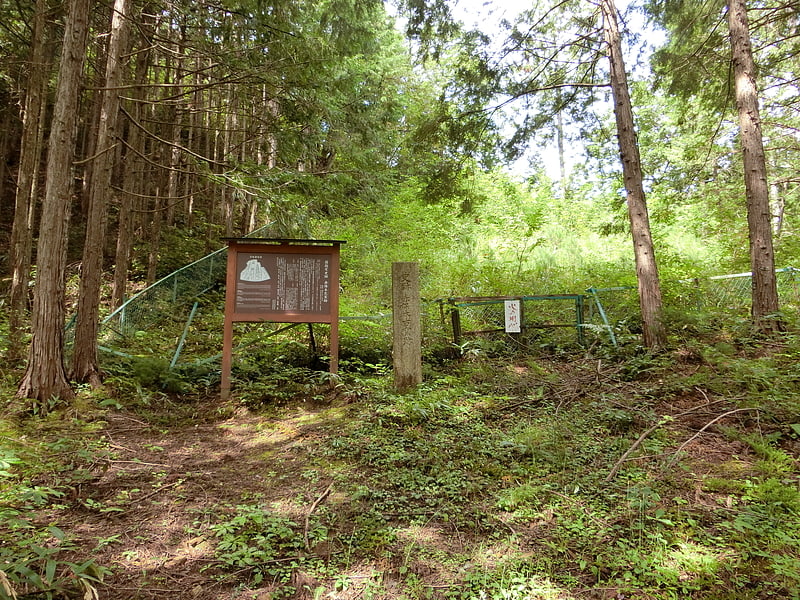
The Akahogi Tile Kiln site is the remains of a late Nara period, early Heian period roof tile and pottery production site located in the Akahogi neighborhood of the city of Takayama, Gifu Prefecture in the Chūbu region of Japan. It has been protected as a National Historic Site since 1976.[8]
Hida Tōshō-gū

Also known as: 飛騨東照宮
Shinto shrine in Takayama, Japan. Hida Tōshō-gū is a Shinto shrine in the city of Takayama, Gifu Prefecture, Japan. It is dedicated to the first Shōgun of the Tokugawa Shogunate, Tokugawa Ieyasu.
The Takayama Tōshō-gū was built in 1619 by Kanamori Shigeyori, the daimyō of Takayama Domain. In 1818, a sub-shrine, the Kinryu Jinja (金龍神社) was added to its precincts to honor the spirits of the Kanamori clan. The shrine's annual festival is April 15.[9]
Gao shan shi tu shu guan
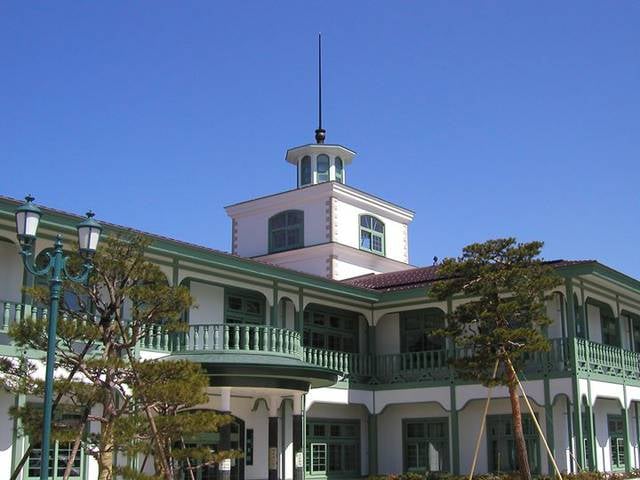
Library